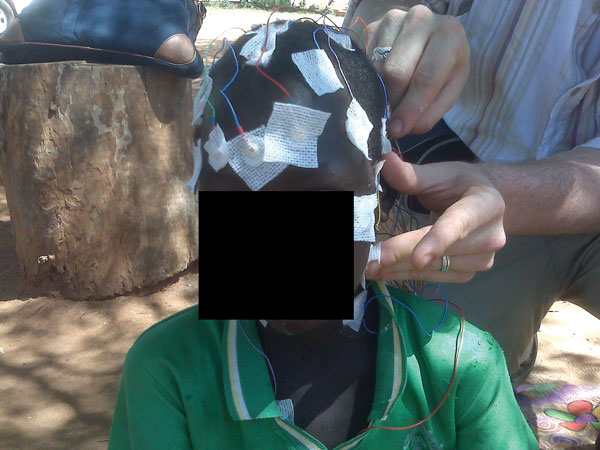Volume 19, Number 9—September 2013
Synopsis
Nodding Syndrome
Figure 1

Figure 1. . . Child with nodding syndrome, on whom electroencephalographic leads are being attached, Uganda, 2009.
Page created: August 20, 2013
Page updated: August 20, 2013
Page reviewed: August 20, 2013
The conclusions, findings, and opinions expressed by authors contributing to this journal do not necessarily reflect the official position of the U.S. Department of Health and Human Services, the Public Health Service, the Centers for Disease Control and Prevention, or the authors' affiliated institutions. Use of trade names is for identification only and does not imply endorsement by any of the groups named above.